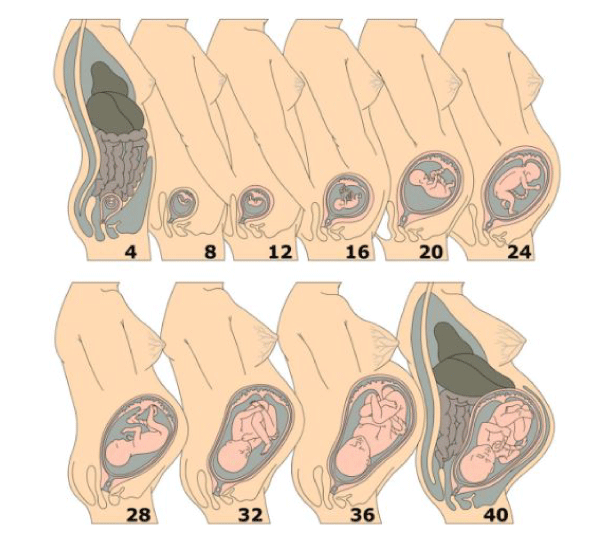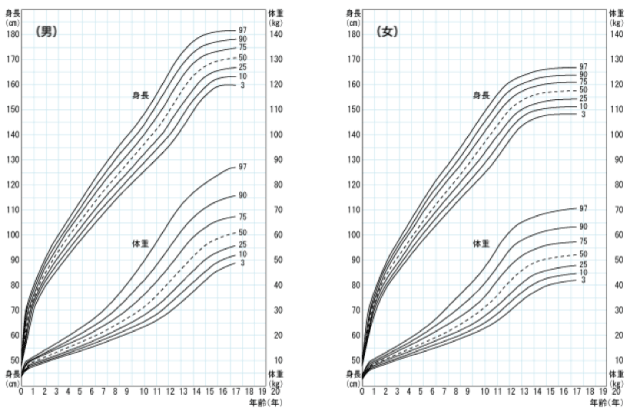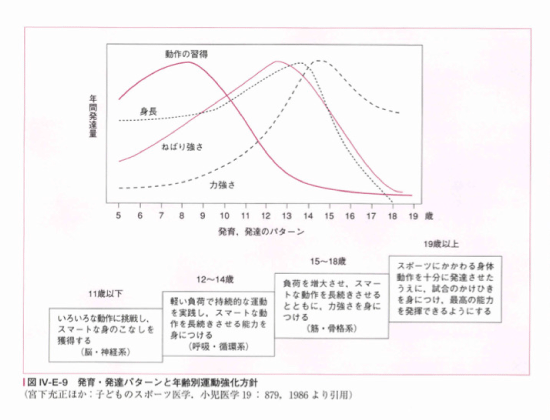Pediatric Chiropractic Care
Pediatric Chiropractic Care
The healthy growth of children is one of the most important concerns for any parent. However, many may not realize that children’s bodies experience various forms of stress during development. This stress can sometimes disrupt the body’s balance and hinder healthy growth.

Why Pediatric Chiropractic is Necessary
Is chiropractic care really necessary for children? Let’s first consider newborns. How many babies are actually born with perfectly aligned spines?
In fact, only about 20% of babies are born without any spinal issues. Around 60% have some minor problems, and the remaining 20% are said to have more serious misalignments. Many babies are born with some form of spinal misalignment.
The spine houses the autonomic nervous system, which is essential for life. Misalignments can interfere with the proper functioning of these nerves. While in the womb, the baby floats freely in amniotic fluid, but as the due date approaches, space becomes more restricted in the uterus.

Factors such as the mother’s bone structure and the baby’s size vary, but the point is that stress is already being placed on the baby’s spine even before birth. This means that for 80% of babies, issues may arise from birth—but with proper care, such issues can be minimized or prevented.
Next, what happens during early childhood through adolescence?

As shown in the diagram above, height increases rapidly from birth through junior high school. In contrast, weight increases gradually from around age 1 to the upper elementary school years.
This imbalance between rapid bone growth and slower muscle development can lead to poor alignment. Misalignment not only causes tension and pain but can also interfere with healthy physical development.
Exercise Development Strategy
Growth and development are essential parts of a child’s journey. Growth refers to physical increases in height, weight, and body proportions. Development involves progress in physical, cognitive, emotional, and social abilities. Understanding these patterns is vital for creating age-appropriate exercise programs for children.

Key Considerations for Exercise Planning
Children grow and develop at different rates, so programs must account for these individual differences.
Safety should always be the top priority during physical activity. Providing proper guidance and a secure environment is essential.
Children are more likely to stay engaged when they enjoy the activity. Incorporating playful elements is effective.
Exercise not only supports physical growth but also social development and self-esteem. Choosing activities that promote overall growth is important.
When planning physical programs, it is important to consider children’s interests, needs, and developmental stages. Flexibility and regular evaluations help optimize these programs over time.
Our Interventions at Medical Japan
Pediatric chiropractic care differs from adult treatments. It is performed gently and professionally, tailored to the child’s softer bones and muscles. This approach supports various physical and developmental challenges during growth stages—such as irregular walking patterns, postural issues, or general growing pains.